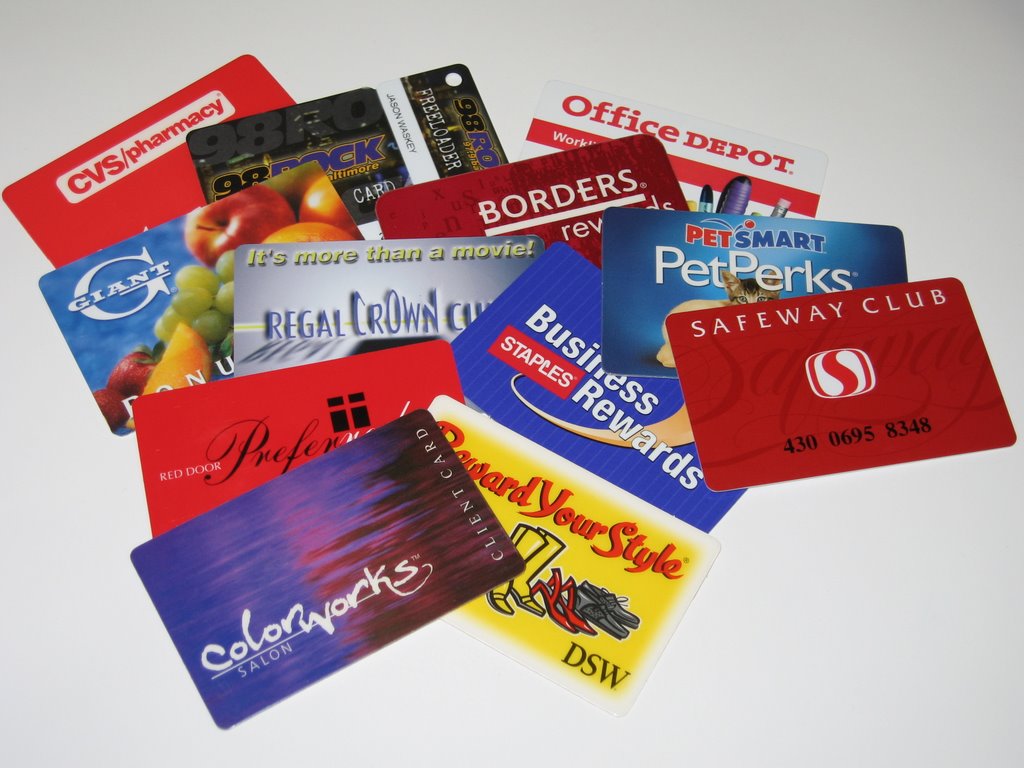Approaching the counter I unlocked my smart phone and pressed on the icon for the loyalty app. Then it all went wrong!
I had meticulously planned my journeys so that I arrived on the forecourt of a well know company to earn some loyalty points. Filling up the fuel tank I started to wonder what the loyalty points would earn me: hopefully money off my next fill and not a packet of crisps and coke that were on the adverts by the pump.
But as I stood in the middle of the shop frantically pressing the icon a member of staff shouted across “Is it playing up?”. As I nodded they continued “Do you want to try again?” but even if it suddenly worked I judged by the lengthening queue that I wouldn’t have got out alive! Paying for the fuel I asked if I could get the points added to the loyalty app at some later time and the staff thought that it was possible but I would have to contact the company.
Driving home I felt silly. It had been a wake up call. I had gone out of my way to earn a few loyalty points when I probably could have bought fuel much cheaper else where. I remembered a discussion that I had with a work colleague many years ago about the price of loyalty and he commented that he had checked the spot price that morning and it was ten pence a metric tonne!
Loyalty schemes have been around from many years. Possibly starting in the early 1700s in American where customers were given copper tokens that could be redeemed for future purchases. In the 1800s there was the famous Green Shield stamps which could be used at selected retailers and exchanged for goods. Loyalty schemes continued through the 1900s with “loyalty aggregators” that rewarded points regardless of the retailer they were originally earned, for example AirMiles. Today loyalty schemes seem to be used by every retailer, including my local independent coffee shop who uses a loyalty scheme to get a ‘free’ cup after five purchased. Loyalty schemes look as though they will be with us for a long time.
In the background there is a lot of research into the psychology of loyalty schemes that has resulted in techniques such as Behavioural Potential, Goal Gradient Effect and Endowed Progress Effect. All sinister sounding names, but aimed at the most important concept of loyalty schemes which is to reinforce behaviour in such a way that we increase our frequency of spend, the amount that we spend and ‘love’ the brand, product or service. They can be very effective which found me searching out that particular company to buy my fuel. The irony is that as a customer I am probably paying for the loyalty scheme by its costs being added to the price of the product therefore I am paying for my behaviour to be manipulated!
Rather than filling pockets with loyalty cards, or loading smart phones with loyalty apps, retailers should go back to fundamentals and build up loyalty based on trust rather than manipulating behaviour. The first step is to make sure that customers are clear about the products and services that are being offered and communicate clearly why they are best value for money. Secondly, things go wrong in retail as well as any other activity, but when they do retailers should have a slick customer service that uses skilled people to understand the customers problems. Finally, in a retail environment that is growing more sensitive to ethical and environmental issues then retailers should operate with clear standards e.g. fair wages and treatment of employees, sensitivity to social and environmental issues, sustainability etc. For example the CO-OP is a business that is working towards the criteria outlined above. It successfully competes with the major supermarkets, and its membership scheme rewards both its customers and local communities and has clear polices for employees, the environment and ethical standards.
I have reduced the number of loyalty cards and apps, and in future I will be shopping with my head rather than my heart!
